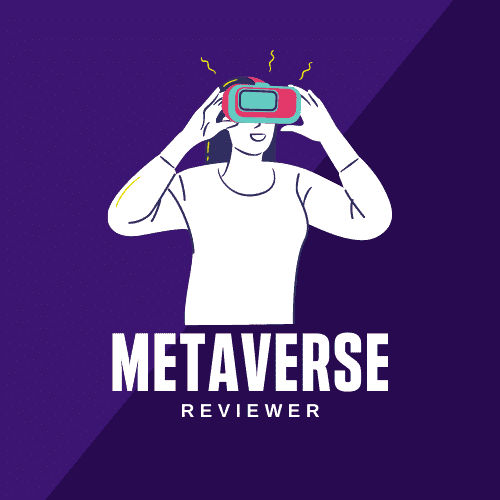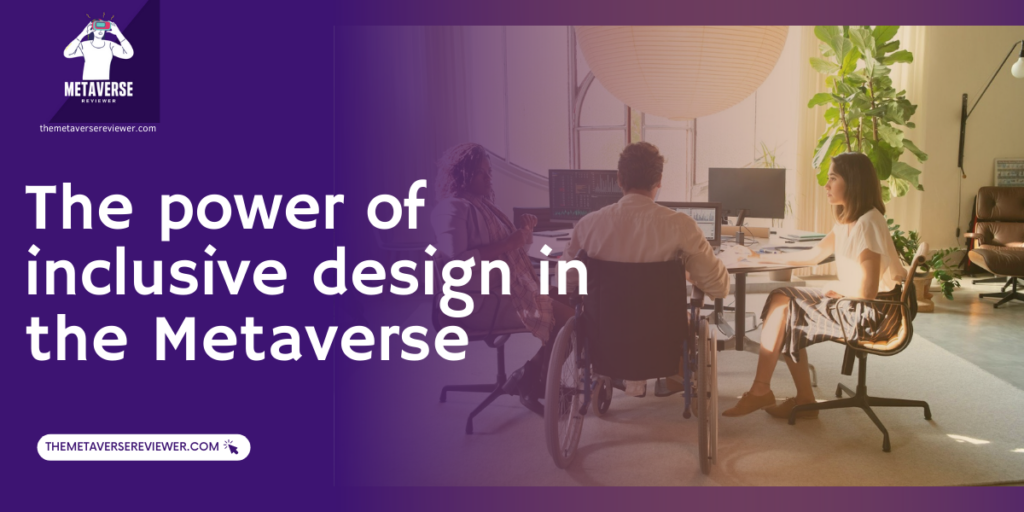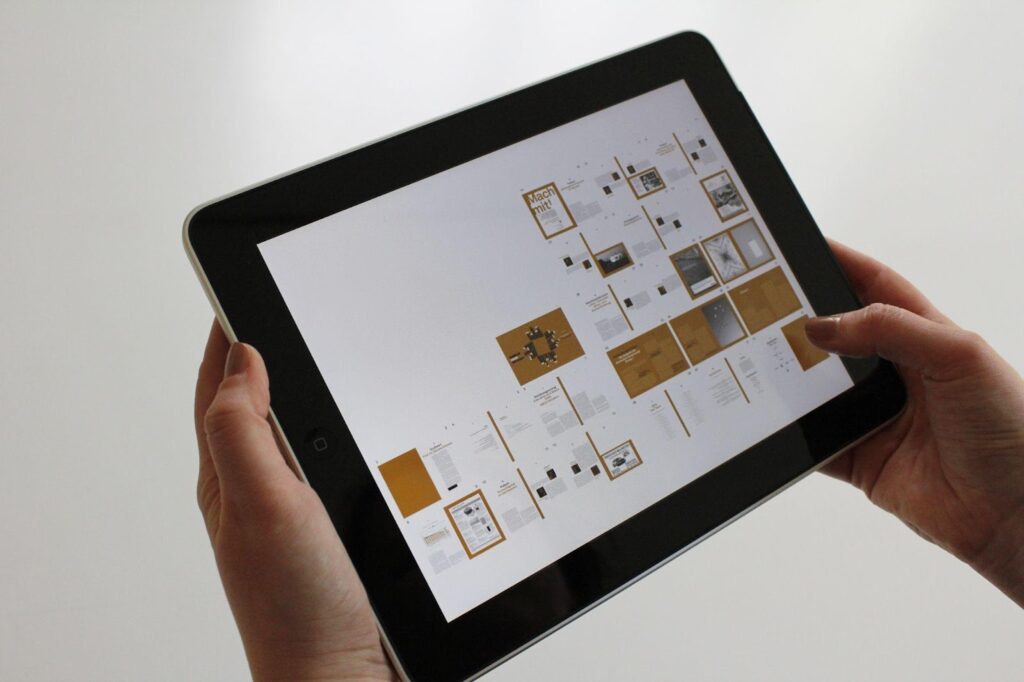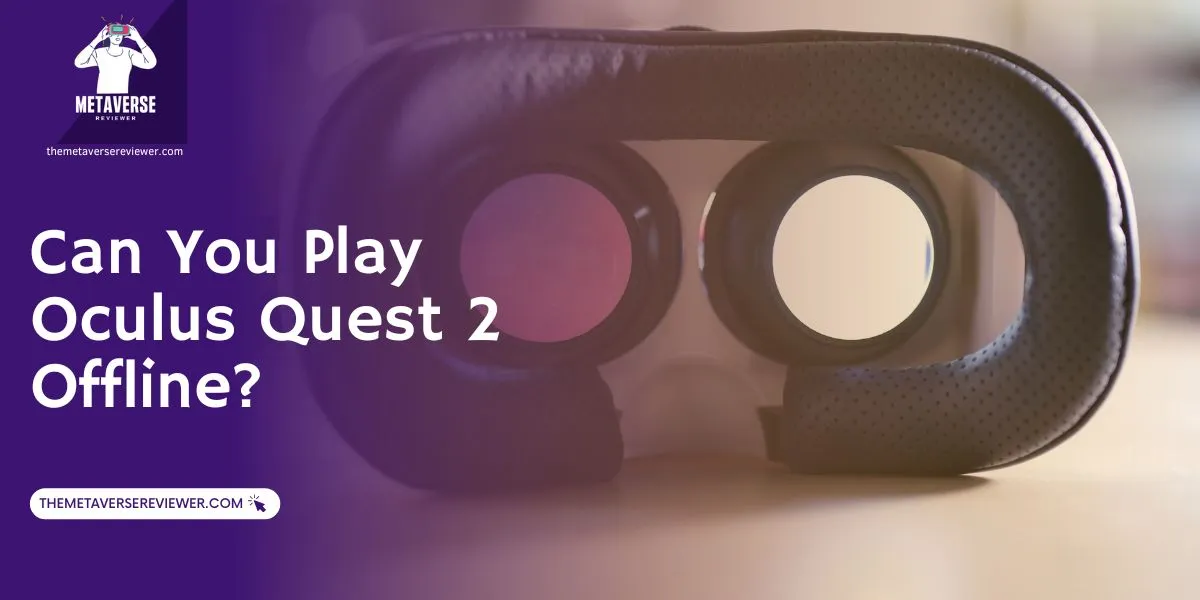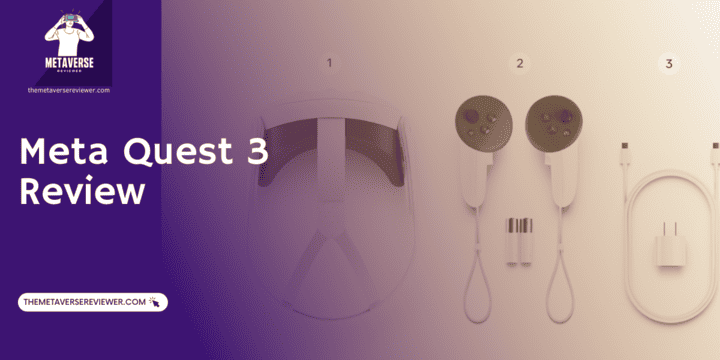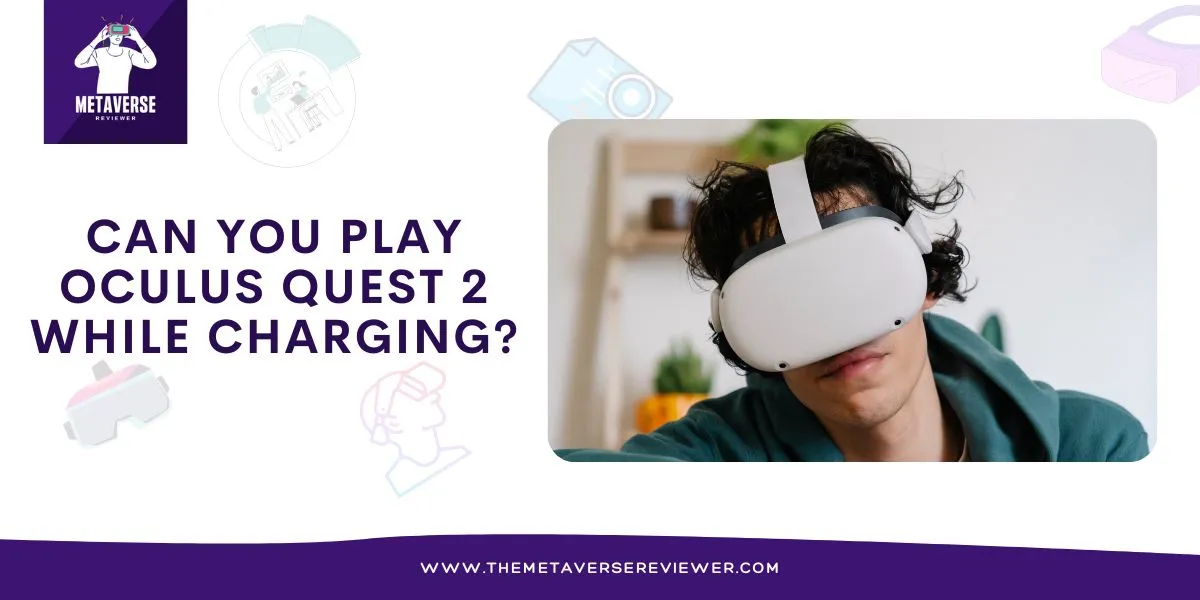We’re witnessing a new era unfold in front of our eyes, transforming how we connect, work, and live our lives. A product of the convergence of the physical and virtual worlds, the Metaverse provides a world of opportunities in a wide range of industries, changing the way we interact with technology and how we collaborate with one another and leading to more efficient and effective teamwork. As it keeps evolving, a crucial aspect of realizing the full potential of this emerging digital landscape is giving priority to accessibility and inclusivity, making certain that the virtual world is welcoming and accommodating to all and everyone, including individuals with disabilities. In the Metaverse, inclusive design is not just a matter of social responsibility but also a vital component in nurturing a varied and inclusive virtual setting that spurs creativity and innovation.
Let’s delve deeper into what exactly inclusive design in the Metaverse refers to.
What is inclusive design in the Metaverse?
Inclusive design in the Metaverse refers to the intentional and ethical creation of virtual spaces, experiences, and interactions that accommodate the diverse needs and abilities of all users, including those with disabilities. It involves considering accessibility from the outset of the design process, incorporating adaptable features, and offering customizable settings to cater to individual preferences. Inclusive design in the Metaverse aims to foster a welcoming, diverse, and barrier-free environment, promoting equal participation and engagement for everyone in the virtual realm. By designing accessible virtual environments, we enable people with disabilities to fully engage in the worldwide community, unveiling a realm of possibilities that may not be easily accessible in the physical world. This emphasis on accessibility is beneficial not only for users with disabilities but also enhances the overall Metaverse experience for all.
In the Metaverse, inclusive design hinges on a synergy between technology, policy, and advocacy. Technological advancements enable more adaptable virtual spaces, while policies and guidelines ensure consistent application of inclusivity principles. Advocacy raises awareness and fosters a culture of inclusivity. By addressing these aspects and collaborating, we can create a genuinely accessible Metaverse that dismantles barriers and unlocks opportunities for individuals with disabilities, ensuring a welcoming and empowering virtual world for all.
What is the current state of accessibility in the Metaverse?
The Current State of Accessibility in the Metaverse
The Metaverse is still developing and is yet to address accessibility issues. Some businesses, organizations, platforms, and virtual spaces have started using inclusive design, but there’s much more work to be done. Many people with disabilities struggle in virtual worlds due to limited customization, poor compatibility with assistive devices, or badly designed user interfaces. It falls under the responsibility of designers, developers, and policymakers to build digital experiences through best practices to ensure accessibility is provided to all people, including those who have disabilities.
With that in mind, it’s important to acknowledge the existing successful implementations of inclusive design carried out by major companies. These pioneering efforts have set the stage for a more accessible virtual world. We will explore these examples in detail in the sections below.
Barriers and Challenges
As we strive to make the Metaverse more accessible, it is crucial to recognize the barriers and challenges for inclusive design, enabling us to address these issues and create a more inclusive virtual environment:
Insufficient policy and regulation – The lack of comprehensive policies and regulations addressing accessibility issues in the Metaverse can be one of the leading causes of inconsistencies in the implementation of inclusive design practices across platforms and experiences.
Incompatibility with assistive technologies – Some platforms and virtual experiences are not designed to work seamlessly with assistive technologies, creating obstacles for users who rely on these tools.
Insufficiently designed user interfaces – User interfaces in the Metaverse may not always be designed with accessibility in mind, making them challenging for users with disabilities to navigate and interact with.
The following improvements can help design more inclusive user interfaces:
Clear and high-contrast visual elements: Ensure that buttons, text, and other interface components have sufficient contrast and are easily distinguishable for users with visual impairments.
Consistent and logical layouts: Design a consistent and logical layout that is easy to understand and navigate for all users, including those with cognitive disabilities.
Keyboard accessibility: Ensure that all interface components are accessible using only a keyboard, catering to users with mobility impairments or those who cannot use a mouse or other pointing devices.
Scalable text and interface elements: Provide options for users to adjust the size of text and interface elements to accommodate their individual needs, particularly for users with low vision.
Alternative text for images: Include descriptive alternative text for images, icons, and other non-text elements to make them accessible for screen reader users.
Voice recognition compatibility: Design the user interface to be compatible with voice recognition software, allowing users with mobility impairments to navigate and interact with the interface using voice commands.
Simplified language and instructions: Use clear, concise language and instructions to make the interface more accessible to users with cognitive impairments or limited language skills.
Accessible error messages: Ensure that error messages are clear and actionable, providing guidance on how to resolve the issue for users with various disabilities.
Customizable user interface settings: Allow users to adjust interface settings, such as color schemes and font styles, to suit their individual needs and preferences.
Compliance with accessibility guidelines: Design user interfaces that adhere to established accessibility guidelines, such as the Web Content Accessibility Guidelines (WCAG), to ensure a more inclusive experience for all users.
Lack of awareness and education – Designers, developers, and policymakers may not be fully aware of the unique accessibility needs of users with disabilities, leading to unintentional exclusion in the design process.
By addressing these barriers and challenges, we can work towards a more inclusive Metaverse that is accessible and accommodating to all users, regardless of their abilities.
The Benefits of Inclusive Design in the Metaverse
Let’s explore the numerous benefits that stem from incorporating accessibility and inclusivity into the fabric of Metaverse projects:
Enhanced user experience – Inclusive design in the Metaverse ensures that every user, regardless of their abilities, will have a seamless and engaging experience. By taking into account various needs and preferences, designers can create interfaces and environments that are easy to navigate and understand, ultimately fostering a positive and immersive experience for all users.
Increased diversity and social interaction – When the Metaverse is designed with inclusivity in mind, it encourages participation from a wider range of individuals. This increased diversity leads to more meaningful social interactions, fostering a sense of community, empathy, and understanding among users with different backgrounds and experiences.
Expanded market reach – Businesses and content creators that prioritize inclusive design can access a broader audience by catering to the needs of a more diverse user base. Inclusivity ensures that potential barriers to entry are minimized, allowing users to access, enjoy, and benefit from various products and services available in this virtual environment.
Innovation and creativity – By incorporating inclusive design principles, developers and designers are encouraged to think outside the box, coming up with novel solutions and ideas to accommodate a diverse user base. This creative process can lead to groundbreaking innovations that benefit not only users with specific needs but also the larger Metaverse community.
Socially responsible and ethical design – Prioritizing accessibility and inclusivity demonstrates a commitment to social responsibility and ethical design practices. By ensuring that the Metaverse is accessible to all, designers and developers promote a more equitable and just digital landscape, reflecting the values of fairness and inclusivity.
Positive brand reputation – Companies and platforms that prioritize inclusive design in the Metaverse can cultivate a positive brand reputation by demonstrating their commitment to social responsibility and diversity. This can lead to increased user loyalty, brand advocacy, and a competitive advantage in the marketplace.
Best Practices and Guidelines for Inclusive Metaverse Design
As we strive to create a truly inclusive Metaverse, it is essential to adopt best practices and guidelines that promote accessibility and cater to the diverse needs of users. Let’s have a look at some key principles and strategies that can help designers and developers establish an equitable and engaging digital landscape for all to enjoy.
User-Focused Design – User-focused design ensures that the Metaverse is tailored to a wide range of needs and preferences, fostering an inclusive and enjoyable experience for all users.
Adaptable and Personalized Options – Adaptable and personalized options empower users to customize their Metaverse experience according to their specific needs and preferences, enhancing accessibility for everyone.
Straightforward Navigation – Straightforward navigation simplifies the user experience in the Metaverse by providing clear, intuitive pathways, making the environment more accessible and user-friendly for all.
Welcoming Language and Interaction – Welcoming language and interaction promote a sense of belonging and community by ensuring clear communication and inclusivity for all users, regardless of their background or abilities.
Ongoing Accessibility Assessment – Ongoing accessibility assessment helps maintain an inclusive Metaverse by continuously evaluating and refining the environment to meet evolving accessibility standards and address diverse user needs.
To bring more awareness to the importance of building accessible and inclusive spaces, experiences, and businesses, a multidisciplinary team of architects, product designers, engineers, and environmental design researchers, joined forces to develop the following Principles of Universal Design. These principles serve as a comprehensive guide for various design fields, including environments, products, and communications. The seven principles can be employed to assess current designs, steer the design process, and enlighten both designers and consumers about the attributes of more user-friendly products and environments.
Case Studies and Examples of Accessible Metaverse Experiences
By examining real-world applications and the case studies below, we can gain valuable insights into the challenges, opportunities, and practical solutions for creating more accessible and empowering experiences.
The following big companies have successfully integrated accessible Metaverse experiences by employing inclusive design strategies, setting a strong precedent for the industry:
Disney – The company has developed an accessible Metaverse experience, “Disney Magic Kingdoms,” enabling users to construct and oversee their personalized Disney theme park. This platform incorporates accessibility options like customizable font sizes and color contrast, enhancing usability for individuals with visual impairments.
Coca Cola – The company’s “Coca Cola Metaverse” enables users to navigate a virtual environment and engage with Coca Cola products. To make accessibility possible for all users, they’ve incorporates such features as closed captions and audio descriptions, improving usability for individuals with hearing and visual impairments.
Microsoft – The big tech giant has implemented accessible Metaverse experiences through its platform AltspaceVR by offering features such as customizable avatars that accommodate various disabilities, closed captioning for events, and spatial audio settings, creating a more inclusive virtual environment for all users.
In conclusion, these examples demonstrate the growing trend of big companies prioritizing accessibility and inclusive design within the Metaverse. As more organizations follow suit, the virtual landscape will continue to become more user-friendly and accommodating for people with diverse abilities, fostering greater interaction and engagement with their brands.
The Role of Technology, Policy, and Advocacy in Promoting Inclusive Design in the Metaverse
As the Metaverse continues to evolve, it is crucial to recognize the significant roles that technology, policy, and advocacy play in promoting inclusive design:
Technology:
- Offers tools and solutions for accessible environments
- Utilizes assistive technologies, VR adaptations, and AI
Technology plays a pivotal role in advancing inclusive design in the Metaverse by providing tools and solutions that allow designers to create accessible and adaptable virtual environments. The development of assistive technologies, such as text-to-speech and speech-to-text, virtual reality adaptations, and haptic feedback devices, enables users with diverse abilities to interact within the Metaverse seamlessly. Moreover, machine learning and artificial intelligence can be employed to identify and address accessibility challenges, catering to the various needs of all users.
Policy:
- Sets guidelines and regulations for equal access
- Collaborates with stakeholders to create comprehensive standards
Policy is vital in promoting inclusive design in the Metaverse, as it establishes guidelines and regulations that ensure equal access for everyone, regardless of their abilities. Policymakers must work closely with designers, developers, and stakeholders to create comprehensive and enforceable accessibility standards akin to the Web Content Accessibility Guidelines (WCAG) for websites. These standards provide a framework for designing inclusive Metaverse experiences, guaranteeing that accessibility is prioritized from the beginning and maintained throughout the development process.
Advocacy:
- Raises awareness and influences the adoption of inclusive principles
- Shares best practices, resources, and success stories
Advocacy plays an important role in raising awareness and driving the adoption of inclusive design principles in the Metaverse. Disability rights advocates, organizations, and communities can collaborate to educate designers, developers, and policymakers about the significance of accessibility and inclusion. Advocacy efforts may also involve sharing best practices, resources, and success stories, showcasing the benefits of inclusive design, and fostering its widespread adoption across the Metaverse landscape.
The Future of Accessibility in the Metaverse
The future of accessibility in the Metaverse is expected to be shaped by continuous advancements in technology, which will enable more immersive and adaptive experiences for users with different abilities. Innovations in assistive technologies, such as real-time captioning, personalized haptic feedback, and AI-driven accessibility solutions, will allow for seamless interaction and navigation in virtual environments. Additionally, the convergence of augmented reality, virtual reality, and the Internet of Things (IoT) will provide opportunities to further bridge the gap between physical and virtual worlds, making the Metaverse more inclusive and connected.
In parallel, a growing emphasis on policy and advocacy will ensure that accessibility remains a priority in the design and development of Metaverse experiences. Policymakers, designers, and developers will collaborate to create and refine comprehensive accessibility standards that adapt to the evolving landscape of the Metaverse. Disability rights advocates and organizations will play a crucial role in raising awareness, sharing best practices, and influencing the adoption of inclusive design principles across the digital ecosystem. As a result, the future of accessibility in the Metaverse will be marked by equitable opportunities for users of all abilities to engage, learn, work, and socialize in a truly inclusive and immersive virtual world.
Conclusion
In conclusion, inclusive design in the Metaverse holds the potential to revolutionize digital experiences for individuals with disabilities, promoting equality and enhancing the virtual world for all. By embracing and advocating for universal inclusive design principles, we have the opportunity to create a virtual landscape that is not only accessible and diverse, but also fosters innovation and appreciates the distinct perspectives of every user.
- Oculus Rift DK2 Review – All Features, Why Discontinued? - November 8, 2023
- Best Metaverse Games for 2024 - July 10, 2023
- How to Factory Reset Oculus Quest 2 - June 24, 2023
